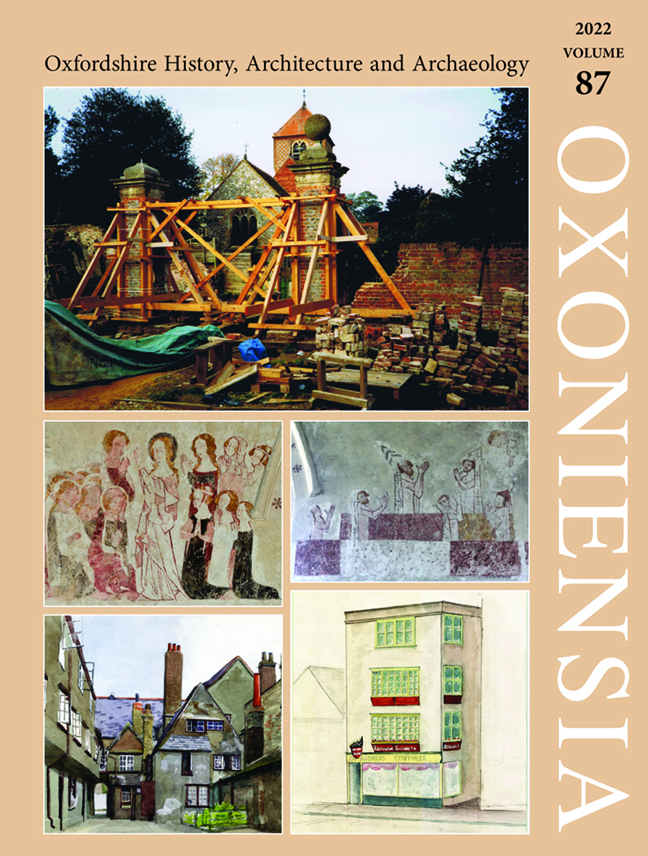Tim Ayers, The Medieval Stained Glass of Merton College, Oxford
Published online by Cambridge University Press: 17 February 2024
Summary
The ongoing project to record medieval stained glass in Great Britain – part of the international Corpus Vitrearum Medii Aevi – has been built on the long-established format of the catalogue raisonné. This is normally employed to create an authoritative inventory of a particular type of art (for example, the works of a particular artist), based on the close examination of all relevant items and study of documentation. The published British volumes in the Corpus have usually dealt with an area or major building. The first, for example, covered Oxfordshire (published 1979), the second examined Canterbury cathedral (1981). This recent addition, by contrast, is concerned with an institution. Although a traditional catalogue raisonné has been included, the volume (in two parts) draws on an unusual wealth of documentation, and on extensive secondary literature, to examine how glass was used as a means of expression during many centuries. The result far transcends a catalogue raisonné and is effectively a major new historical study of a distinguished academic college.
The most important feature of Merton's stained glass is the survival of most of the original glass in the choir of the college's medieval chapel (here called a ‘church’, because it also served a parish until 1891). The choir contains seven windows, each of three lights, on both the north and south sides, and a large east window. The only major loss of original glass was the removal of the lower half of the east window in 1651. The account of the original glazing throws new light on the college's early history. Merton's church succeeded an earlier parish church, which was acquired by the college's founder, Walter de Merton, in 1266. Its replacement appears to have been the initiative of the college's scholars a generation later, and was intended to provide a place of worship worthy of England's first self-governing academic college. To achieve this, they drew on the latest ideas in European religious architecture and glazing. Preparations for construction of the new building started in 1288–9. Soon afterwards the old church was demolished, and two wooden chapels then acted as temporary replacements (for parish and college). The new church incorporated complex patterns of window tracery, including a ‘rose’ within the east window (instances of ‘Decorated Gothic’ architecture).
- Type
- Chapter
- Information
- Oxoniensia , pp. 478 - 479Publisher: Boydell & BrewerPrint publication year: 2022



